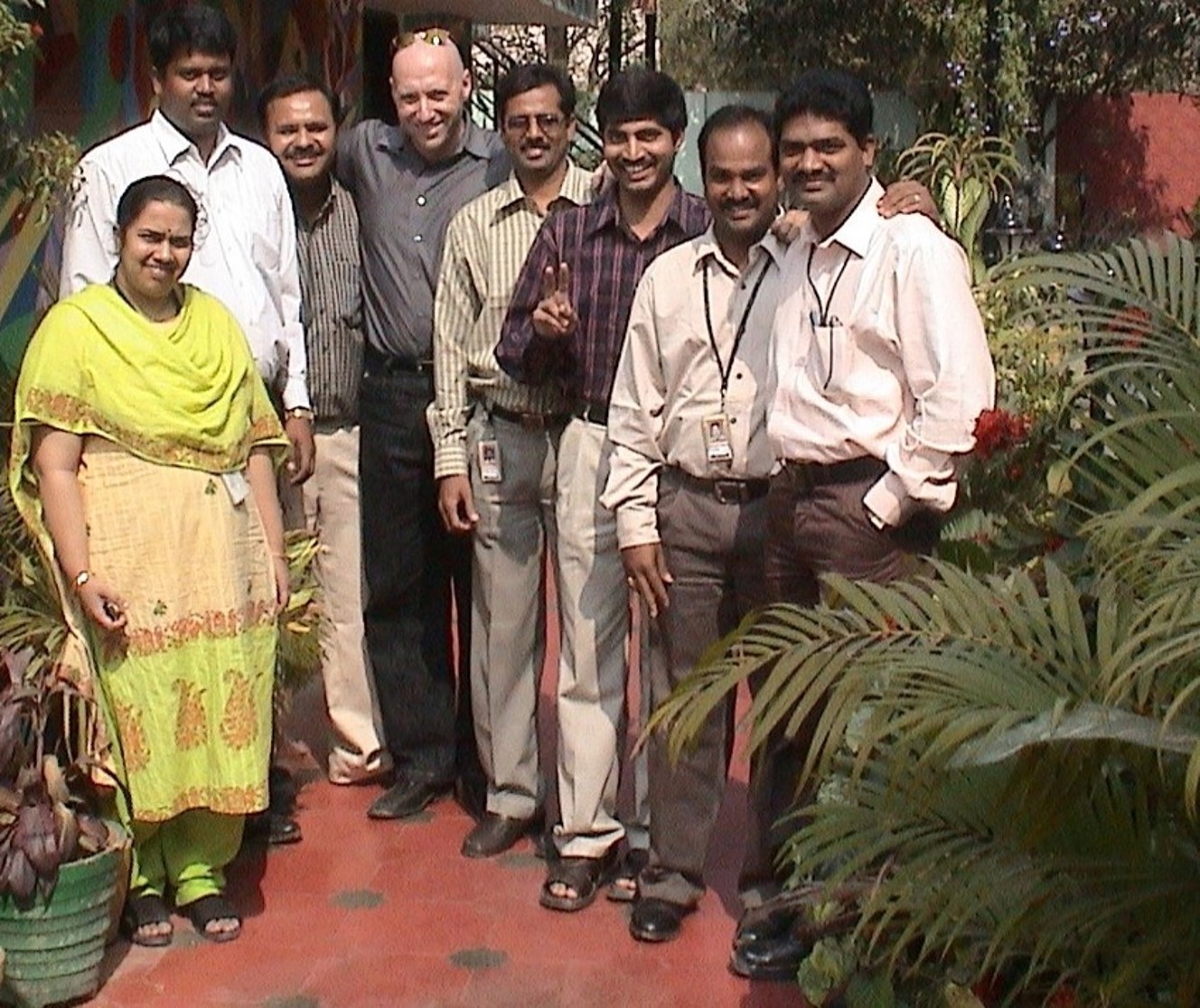
To put it simply, Kanban is a way to manage your work. Originating from manufacturing, you can now use Kanban for intangible industries knowledge work. How did the Kanban Method emerge? What is the difference between Kanban (capital K) and Kanban (small k) and what is its meaning? Continue reading to find out the answers.
What does “Kanban” mean?
The word “kanban” has two meanings:
- Written 看板 in Kanji (Chinese characters), kanban means “sign” or “large visual board.”
- Written かんばん in Hiragana (the Japanese alphabet), kanban means “signal card(s).”
Kanban was actively used in Lean manufacturing (or the Toyota Production System) and was fundamental to the kaizen (“continuous improvement”) process used at Toyota. In a manufacturing environment, this card is a signal to tell an upstream step in a process to produce more. In fact, the workers at each step in the process are not allowed to do work unless they are signaled with a kanban card from a downstream step.
Now using the Kanban Method, you can visualize invisible knowledge work and how it moves through a workflow. It is an effective organizational development tool.
Find out more in the book “Successful Evolutionary Change for Your Technology Business” by David Anderson.
Kanban (capital K) or kanban (small k)?
In short, Kanban (capital K) is an evolutionary change method that utilizes a kanban (small k) pull system, visualization, and other tools to catalyze the introduction of Lean ideas into the intangible goods industry, including technology development and IT operations. This process is evolutionary and incremental. As a result, it enables you to achieve context-specific process optimization with minimal resistance to change while maintaining a sustainable pace for the workers involved.
Is Kanban a method, Methodology, or framework?
It is a method that helps to manage all types of professional services that require applying a holistic way of thinking about your services with a focus on improving them from your customers’ perspective.
- Kanban is not a methodology as methodologies have prescriptive, defined workflows and processes, including roles, and responsibilities, which means that they are usually very specific to a certain domain (a bit confusing, as “methodology” is being perceived as “the study of methods”).
- It is not a Methodologies process framework as a framework is an incomplete methodology – a set of scaffolding that is intended to have broader applicability but requires customization for each context to fill in the missing gaps.
Kanban is not a methodology nor a process framework, but a management method or approach that you apply to the current process. Moreover, you always add it to an existing methodology, framework, or way of working.
Learn more about the Kanban Method from an official Kanban Guide by Kanban University.
How did the Kanban Method for knowledge work emerge?
The story goes back to the early 2000-s when David Anderson, the pioneer of the Kanban Method, was looking for a way to scale agile implementation to more than one or two teams and to successfully lead change. At that time, he was a development manager at Sprint PCS and later at Motorola. After trying several famous approaches, David realized that a pull system could enable incremental process change, facilitating a sustainable pace.
The opportunity arrived shortly when David started working at Microsoft. Together with his colleague Dragos Dumitriu, working as a Project Manager, they made the first comprehensive Kanban Method implementation in 2004 to the XIT business unit, part of Microsoft’s IT organization.
XIT business unit had the worse customer service record in Microsoft, and it seemed that nothing could help them. Fifteen months after David and Dragos started applying Kanban Method, they: tripled the productivity of that department, reduced their average delivery time from 1,5 months to 11 days, improved on-time delivery from 0% to 98%.
Read more in “The Microsoft XIT Sustaining Engineering Story” full case study on kmm.plus.

Image: Dragos Dumitriu pictured with the XIT Sustaining Engineering team in Hyderabad circa February 2005
By the fall of 2005, David Anderson reported these unbelievable results at a conference in Barcelona, and again in the winter of 2006. As a result, they attracted the massive attention of the Agile community of that time. The next Kanban Method implementation by David Anderson happened when he took over the software engineering department at Corbis. The results of it formed the basis of his bestseller book: Kanban: Successful Evolutionary Change for Your Technology Business, which specialists still consider to be one of the best agile books ever published.
This book was the starting point from which the global Kanban Method worldwide movement began. Consequently, it laid the foundation for the Kanban Method for knowledge work with its workflow visualization, work item types, cadences, classes of service, management practices, and operations reviews as we know it now.
Find out more in the book “Successful Evolutionary Change for Your Technology Business” by David Anderson.
Learn more about Kanban studies in Kanban Maturity Model book or get access to full book content online using kmm.plus. Download Lead Time Poster here.
Attend training at the David J Anderson School of Management to learn more about advanced Kanban studies and how they can help your business, or find your local trainer at Kanban University to start your Kanban journey.

Recent Comments